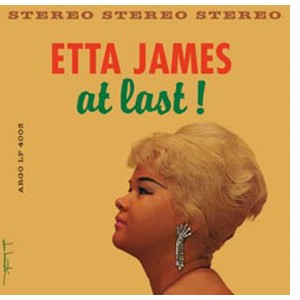
Etta James – At Last!
Before you drop the needle on the groove, look at the sleeve. It is a perfect duplicate. No modern ephemera, no barcodes, no modern label logos, no modern dates. Aesthetically, this is a “perfect” reissue. Read More >
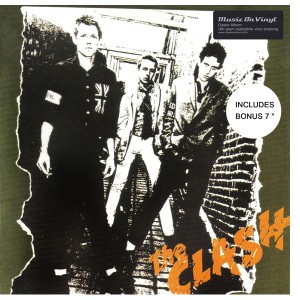
The Clash – The Clash
The Clash’s 1977 debut has always been a source of confusion given the presence of conflicting UK and US versions. This reissue focuses on the US edition, with the logo on the top right-hand side of the sleeve as opposed to the UK copy, which places it on the bottom right. Read More >
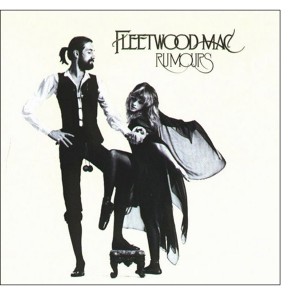
Fleetwood Mac – Rumours
After years of delay, Fleetwood Mac’s 1977 blockbuster Rumours finally made its way to the pressing plant—the Pallas plant in Germany, to be exact. True to its past performances, Pallas has done an exquisite job on these four vinyl surfaces. Read More >
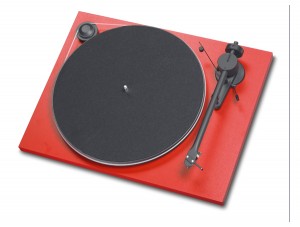
Pro-Ject Essential Turntable
Pick up a TV guide these days in the UK, look in the back, and you’ll almost assuredly be hit by advertisements for USB-outfitted “miracle turntables” that promise to transfer your vinyl to data for iPod, car, or computer use. Read More >
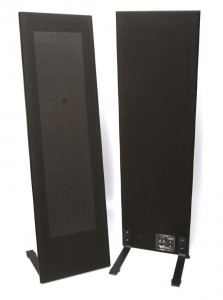
Magnepan MMG Loudspeakers Swigging Champagne on a Beer Budget
While we shy away from audiophile clichés, the Magnepan MMGs are truly one of the best values in hi-fi. Read More >
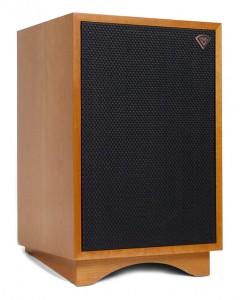
Klipsch Heresy III Loudspeaker Incredible Balance
While the original design of the Magnepan MMG harkens back to 1969, Klipsch goes back even further, to 1946, when it took a unique path for high-performance speaker design: the loaded horn. Read More >
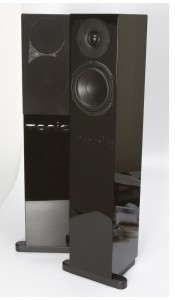
Gemme Audio Tonic G5 Loudspeaker
The name of Gemme Audio’s Tonic G5 loudspeaker is perfect. Read More >
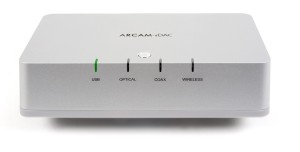
Arcam rDAC DAC Pack
The concept behind a DAC is simple. It follows the same logic related to separating the pre and power stages of an amplifier to improve the latter’s overall sound quality. Read More >
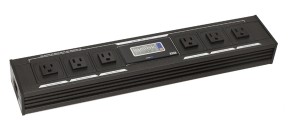
IsoTek EVO 3 Sirius High-Performance Power Conditioning That Won’t Break The Bank
Clean power is one of the most essential parts to any hi-fi system’s success. Read More >
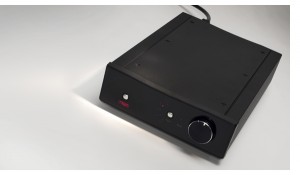
Rega Brio-R Integrated Amplifier Redefining the Genre
Too bad the folks at Rega aren’t in charge of balancing the trade deficit. Read More >
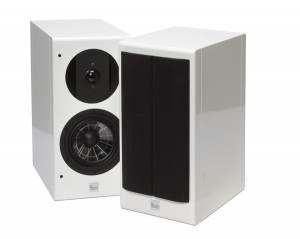
Vienna Acoustics Haydn Grand Symphony Loudspeaker Rock You Like a Hurricane
Known for naming its speakers after famous German composers, Vienna’s latest model should be rechristened the Schenker or the Jabs—as they were the two German guitarists whose music I blasted at the beginning of the review process. Read More >
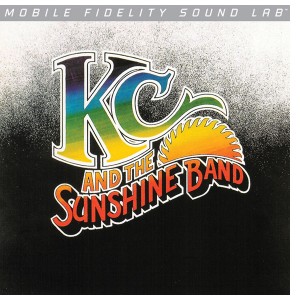
KC and the Sunshine Band – KC and the Sunshine Band
Back in July 1975, when roaming Milwaukee’s Summerfest grounds, trying to sneak into Shank Hall for a beer, and searching out heavy rock while wearing the quintessential “Disco Sucks” t-shirt, it would have been unconscionable for me to own KC and the Sunshine Band. Read More >
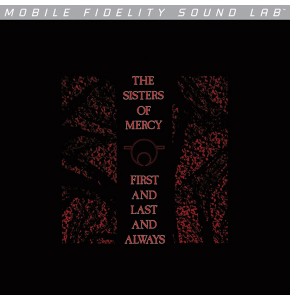
Sisters Of Mercy – First And Last And Always
Originally released on Elektra in 1985 and reissued on LP via Mobile Fidelity’s Silver Label, First And Last And Always stands as Sisters of Mercy’s debut and one of the most influential goth records ever issued. Read More >
Please note that all TONE and TONE related text and images are copyright © 2005–2025 TONE Magazine and The Audiophile Apartment. The RSS feed provided is for personal, non-commercial use only.
If you are not reading this content in your news aggregator, RSS reader, or direct, then the site you are looking at may be guilty of copyright infringement. If you locate this anywhere, please contact [email protected] so we can take action immediately.



